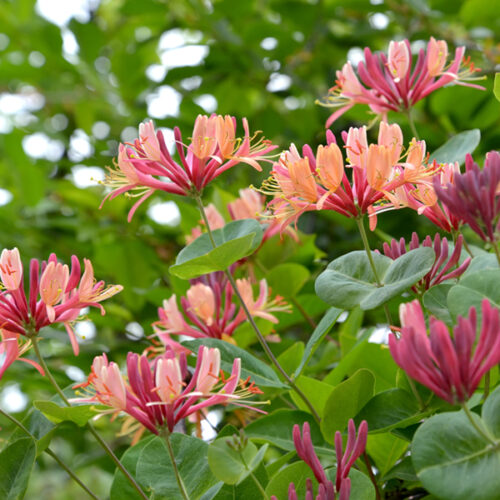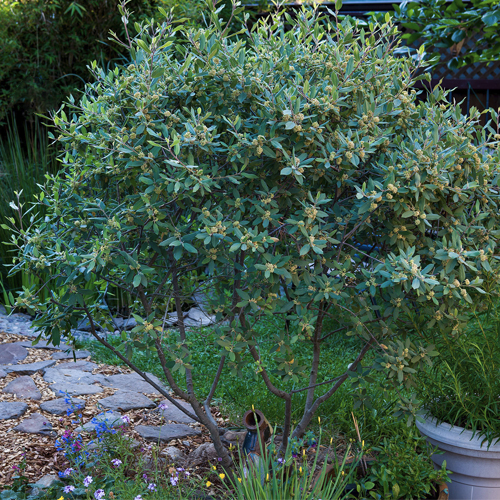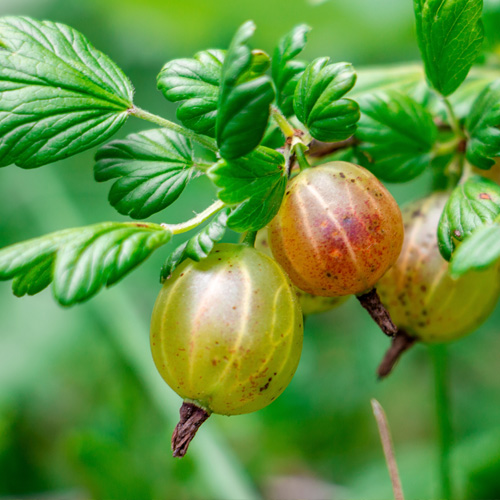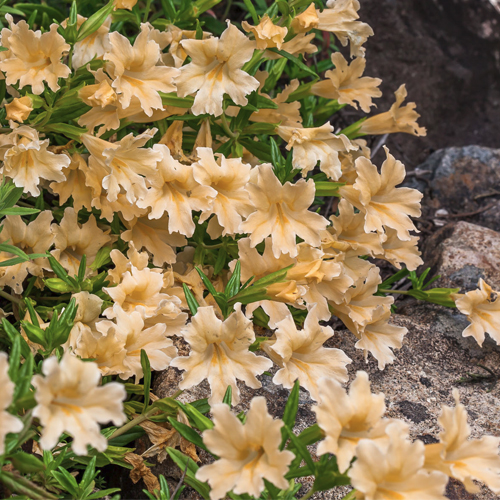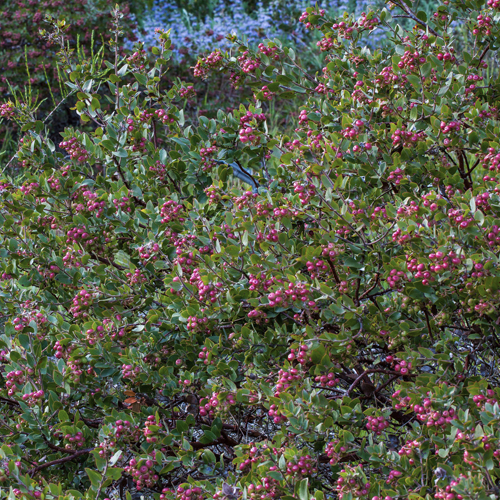Blossoms, Bees, Birds, Butterflies and Books
BACK TO FULL TOUR
Garden Features
Drought Tolerant
Edible Garden
California Natives
Drip Irrigation
Pesticide Free
Reclaimed/Recycled Materials
Sheet Mulching
Lawn Conversion
Lawn-Free Landscaping
Permeable Surfaces
Urban Homestead
Wildlife Habitat
Partner: Sonoma-Marin Saving Water Partnership
Purchased August 2013, I bought this small c. 1900 house in downtown Sebastopol, hoping to transform its landscape. The front yard had a small lawn and a venerable Catalpa tree.The side yard was a gravel driveway.The back “garden” was a flat weed patch. In March 2014, using LOTS of compost, I started planting. My previous garden had been in pots, tubs and troughs—137 containers in all. It took 30+ loads in my old Volvo to drive them 6 blocks to their new home. Many plants had originally come from my mom’s garden in San Mateo county, including a 70+ year old Harry Lauder’s Walking Stick and equally aged Rabbit’s Foot Fern. 4 modest potted citrus have since grown into a “Citrus Forest” on the south side of the house. My hope was to make a garden that would welcome and nourish pollinators. Bryce MacMath, who trained at the Occidental Arts & Ecology Center, helped me lay out the beds in 2014. He also installed the initial drip irrigation. Depending on plant needs, beds are watered every 4-14 days during dry months. Master pruner Curtis Short now visits 3x a year (thank goodness!) to guide the espaliered pear and figs, as well as continuing to shape the persimmon and Silk Tassel tree, etc. I do all other garden labor. I sheet mulched the lawns, using cardboard, compost and chips from on-site tree work. Boards from the old back fence were ripped into thirds, creating a “new” picket fence, separating the garden from South Main Street. The front is mostly California natives, with a few plants from elsewhere favored by honey, native bees and butterflies, including Pipeline Swallowtails, Monarchs and Anise Swallowtails. Also in front is a “Little Free Library” that matches the house. I welcome garden visitors: insect, avian and human.
The back garden features CA Fuchsia (Epilobium canus), CA native Silk Tassel Tree (Garrya elliptical) salvias, fruit trees and lots of “oddball” plants that I love. Many have been chosen to provide nectar, pollen or seed for insects or birds and tasty fruit for hungry humans. Bird sightings range from Anna’s Hummingbird to Barn Owl. This little urban garden produces vast amounts of organic material that I hot compost. I have three compost bins that are ‘cooking’ . Most kitchen waste goes to my worm box.
It’s a small urban garden. I’ve used fences and the shared hedge to grow 18+ varied vines for vertical excitement. Vines were chosen because they are pollinator friendly, fragrant, or particularly beautiful. The patio is made of bricks from the rickety kitchen chimney that was demolished. I’ve used old objects as planters, including my great-grandmother’s two cast iron kettles. In the 19th century she used them to render lard and make soap.
I enjoy a bit of whimsy. There are surprises..…
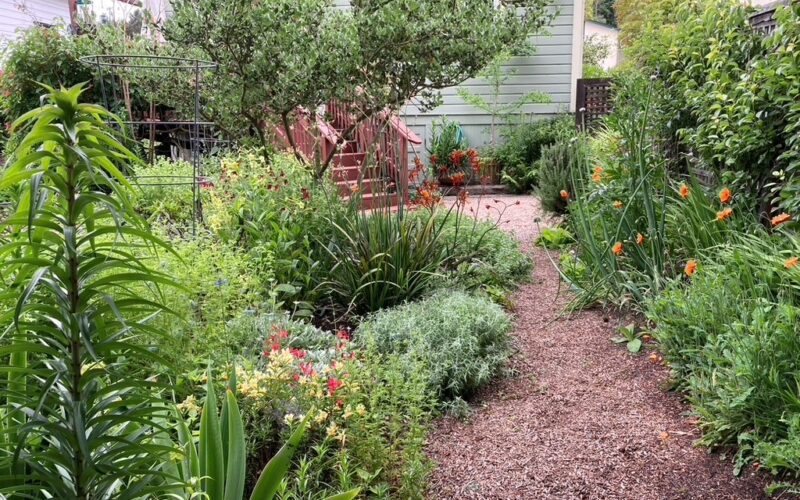
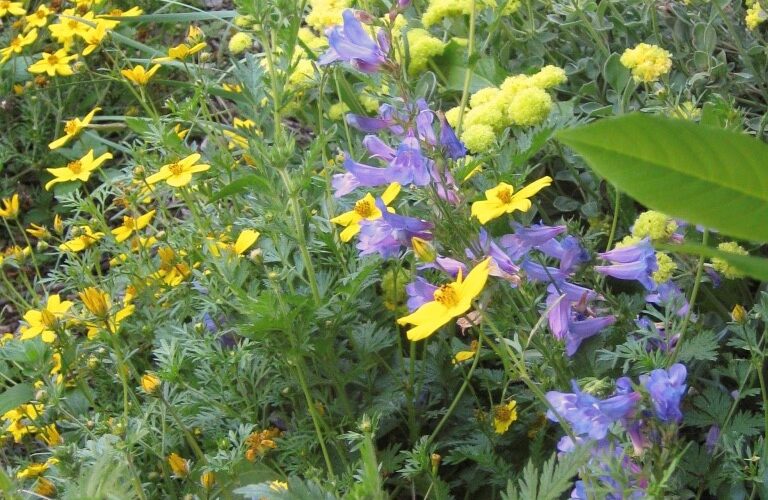
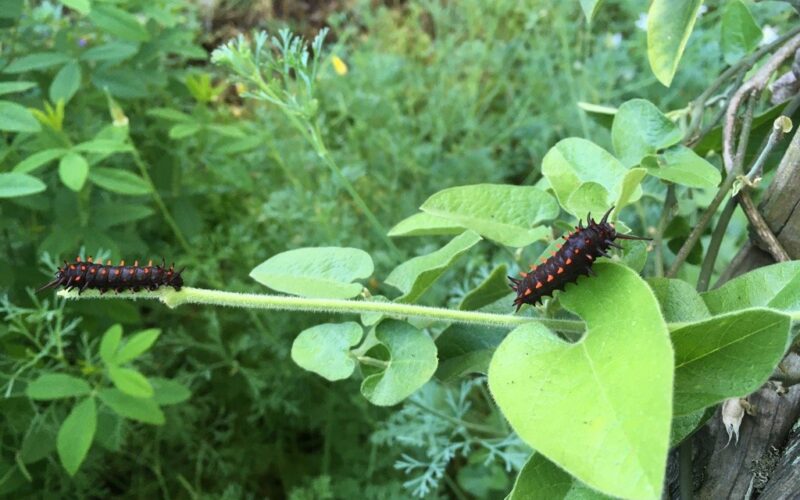
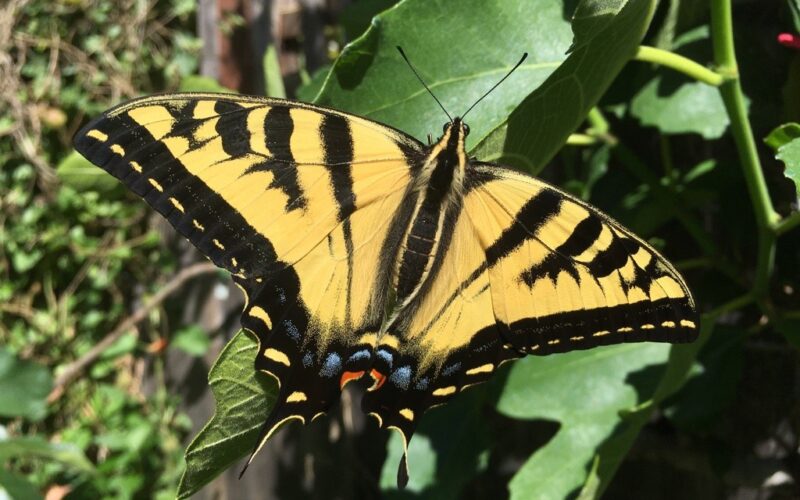
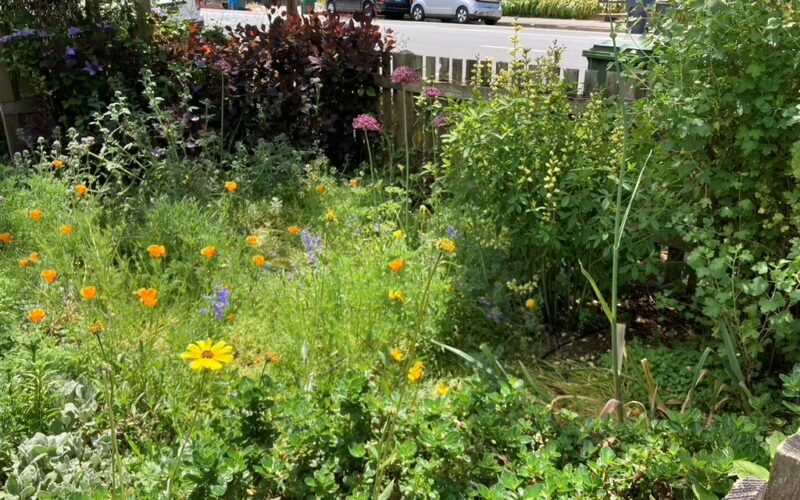
Plants in this Garden
Favorite Plants
Silk Tassel bush - Garrya elliptica
Awesome, elongated dangling tassels in January and February. Gorgeousness in your winter garden.
California Buckeye - Aesculus californica
Archetypal deciduous CA tree. I don’t have one in my garden, but if I had more space, I would grow one for sure.
Western Blue Eyed Grass - Sisyrinchium bellum
Bulb that brings miniature azure cheer to early Spring gardens year after year.
Wavy-leafed soaplant - Sisyrinchium bellum
Bulb. Easy to grow. Tall flower spikes bring hundreds of tiny night-blooming starry, blossoms.
Favorite Garden Suppliers
Cal Flora Nursery
2990 Somers Street Fulton
Mecca for Native plants. Josh and his employees are extraordinarily helpful and knowledgeable.
Harmony Farm Supply
3244 Gravenstein Highway North Sebastopol
For almost all garden needs. Plants, helpful salespeople, irrigation supplies, seed mixes, etc.
Peacock Horticultural Nursery
4296 Gravenstein Highway South Sebastopol
You want unique plants?? This is the place!
Recommended Resources
Plants and Landscapes for Summer - Dry Climates by East Bay Municipal Utility District
Fabulous resource.Gardening in Summer - Dry Climates by Nora Harlow and Saxon Holt.
Inspirational. And the photos!!!!Northern California Gardening: A month-by-month guide by Katherine Grace Endicott
Friendly, monthly lists of garden tasks.Gardening Tips
A wise saying
An accurate and helpful “wise saying” to remember when planting CA natives. “First year they sleep, Second year they creep, Third year they leap”……
